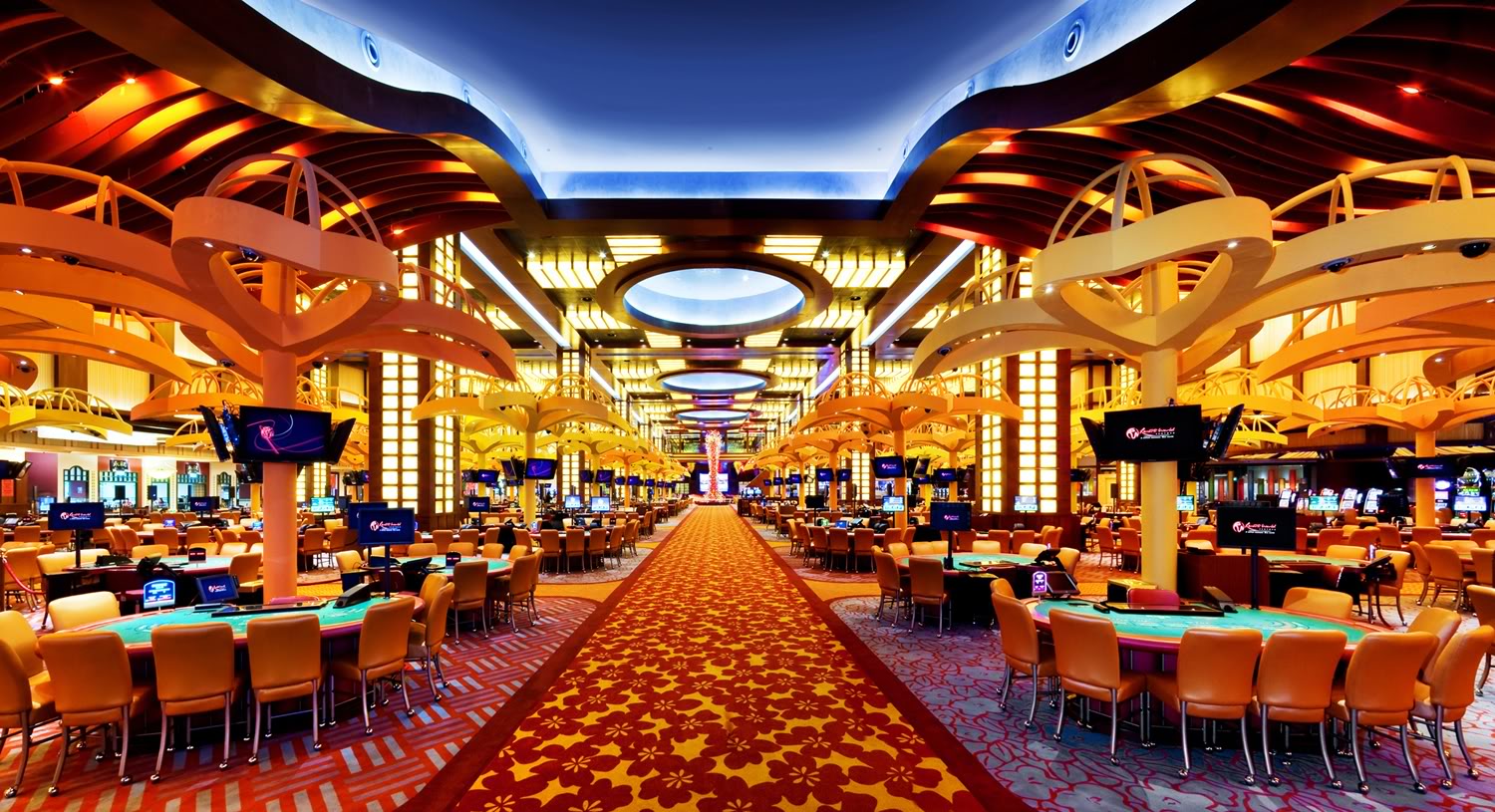
Within the vibrant and exciting world of casinos, where luck and tactics intertwine, hues and aesthetic play a critical role in drawing in players. From the moment visitors step into a casino or access a gaming website, they are enveloped in a visual feast that captures their attention and entices them to explore more. Vivid colors, engaging graphics, and innovative layouts are meticulously crafted to create an atmosphere of thrill and anticipation, ultimately improving the gaming encounter.
While players move through the ever-changing landscape of casino games, they encounter a variety of designs that not only serve visual purposes but also influence feelings and choices. idamantoto login resmi Colors like scarlet and yellow symbolize riches and fortune, while soothing navy and emeralds can create a much relaxed environment. Understanding how these elements function together allows casinos to create an welcoming and energizing atmosphere that encourages players to interact with the games, spend additional time at the tables, and boost their overall enjoyment.
The Psychology of Hue in Gambling Games
Tint plays a key role in the creation of casino games, shaping players’ emotional states and behaviors. Bright and bold shades, such as red and gold, are often used to ignite enthusiasm and draw attention. These colors create a sense urgency and vitality, encouraging participants to engage more eagerly with the activity. By strategically selecting colors, developers aim to evoke feelings of pleasure and expectation, which can enhance the total game experience.
Distinct colors also have psychological associations that can influence how players perceive their odds of success. For example, lime is often associated with good fortune and abundance, making it a frequent choice in activities like roulette and poker setups. This association can result gamblers to feel more optimistic and self-assured in their gameplay, ultimately motivating them to wager more. Comprehending these associations allows game creators to create environments that enhance player satisfaction and retention.
Furthermore, the design of gambling game interfaces often utilizes color gradients and opposing hues to instruct player actions. For case, winning combinations may be highlighted with bright, contrasting shades, creating a visual incentive. This technique supports positive outcomes and promotes repeated gameplay. By leveraging the psychology of color, casinos can create activities that not only draw gamblers but also hold them interested and invested in their play experience.
Creative Elements that Engage Players
The aesthetic appeal of casino games is largely influenced by the use of bold colors. Lively and striking colors are deliberately chosen to create an inviting atmosphere that captures interest. For instance, reds and golden hues often signify good fortune and prosperity, which is why they are common in the color schemes of slot machines and game surfaces. These colors not only draw players in, but they also evoke emotions associated with thrill and expectation, enhancing the total gaming experience.
In addition to color, the design and layout of gambling games play a significant role in player attraction. Games are designed to be intuitive, ensuring that players can easily understand the rules and gameplay. Accessible interfaces, along with engaging graphics and animations, help maintain gamer interest and promote longer play sessions. The physical elements, such as the feel of the buttons and the audio of the games, also add to a holistic sensory experience that keeps players engaged.
In conclusion, conceptual elements in gaming design can significantly influence player choice. Many gambling games are inspired by popular culture, fairy tales, or exploration motifs, featuring symbols and characters that resonate with players. These themes create a sense of immersion and relatability, making each game feel unique. When players feel a connection to the theme, they are more likely to opt for that game over others, leading to increased participation and excitement within the gambling environment.
Case Studies: Successful Casino Table Game Designs
One noteworthy example of successful gambling game design is the well-known slot machine series themed around hit movies. Games such as those based on the The Wizard of Oz and Game of Thrones utilize dynamic colors and superior graphics to enthrall players in familiar narratives. The use of dynamic visuals and entertaining sound effects grabs the interest of players, building an affective connection to the theme. This approach merely encourages longer play but also improves the overall gaming experience, resulting in increased player retention.
Another effective case is the application of color in table games like 21 and the wheel. Casinos often design these games with rich reds and greens, colors traditionally connected with luck and wealth. For instance, the emerald felt on a blackjack table provides a soothing effect, while the red accents in roulette invite anticipation. This deliberate use of color helps to create an inviting atmosphere that encourages players to engage, satisfying their psychological impulses and enhancing their enjoyment.
Finally, social casino games that feature social features and lively, colorful designs have experienced remarkable success in engaging players. Games like Zynga Poker and Slotomania leverage bright colors and playful animations to create an inviting online environment. The inclusion of leaderboards, social sharing options, and in-app rewards fosters competition and community, pulling players in for longer sessions. Such designs not just make the games visually attractive but also underscore social connectivity, a key factor in player retention and engagement within online casino environments.
